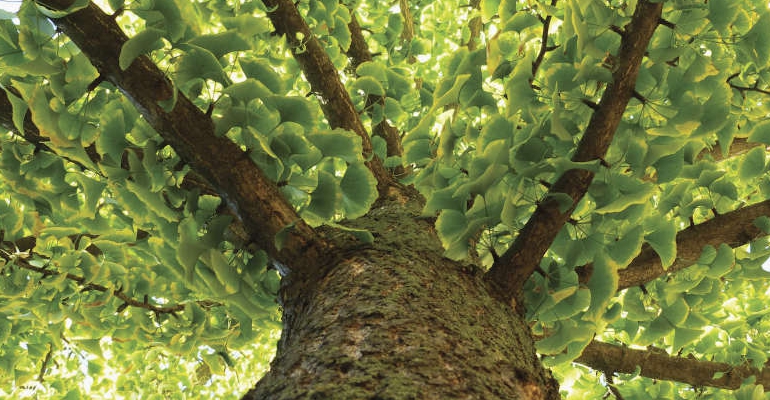
Ginkgo biloba is the only example of the oldest living tree species and has been called a living fossil as explained by the ever-youthful Peter Erridge
Ginkgo biloba first appeared 290 million years ago when they were the dominant form of tree, with many species and foliage similar to present day specimens. Conifers and broadleaved trees evolved at a later time. The oldest living specimen, believed to be 3,500 years old, is found in China. Ginkgo plants were first imported into Europe in the 18th century and one planted in Kew Gardens in 1762 can still be seen. The National Collection, sited near Evesham, has over 300 cultivars and their website has an extensive picture gallery.
Due to their size, up to 40m (130ft), Ginkgo trees are found in large gardens and parks where they are grown as ornamental specimens with a conical form, interesting shaped leaves and autumn colour. These trees are usually male because the fruits of female trees have an unpleasant smell, like rancid butter or worse! Seeds are mainly collected in the wild with some others acquired via specialist nurseries. Strangely, the pollen from female plants is non allergenic. whereas that of male plants does cause allergies.
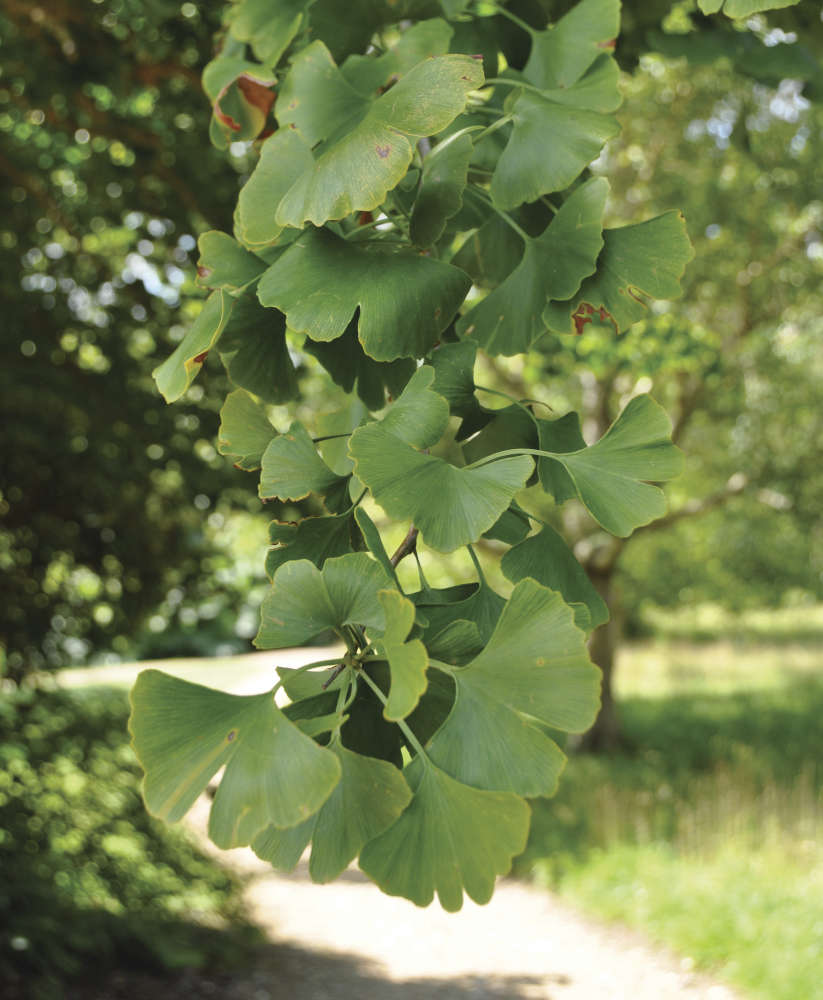
The Latin name ‘biloba’ refers to the leaf shape of two lobes, likened by some people to duck’s feet. The common name for the Ginkgo is maidenhair tree since the Maidenhair fern has similar lobed leaves, but about one twentieth the size. The ginkgo leaves are bright green and fan shaped, turning a glorious yellow colour in autumn so that G. biloba shows as a golden yellow pillar. Dwarf varieties, 1m (3ft), suitable for small gardens are sold by some UK garden centres. With light trimming the dwarf varieties can display as a golden ball in autumn. They can also be grown as a bonsai. Ginkgo plants are hardy down to -20°C and larger trees are resistant to pollution. These are sometimes planted along main roads. Another aspect of hardiness is their resistance to radiation. In Japan, six Ginkgo trees in Hiroshima were growing in separate locations up to 1.6km (1 mile) from the 1945 atomic bomb detonation site. Although severely charred, they managed to survive, recover and are still alive, known locally as the A-bombed trees.
There are references in the literature of the Far East suggesting dietary and medicinal uses for Ginkgo, but to date there is no scientific evidence to support these uses. It has been used in Chinese medicine from the 11th century. The seeds, known as nuts, are used in food across Asia, but eating more than the equivalent of eight per adult will produce unpleasant side effects.
Ginkgo timber is available in China and Japan but it is rare and therefore expensive. The wood is used in furniture making, for chessboards and chessmen and decorative items. It is fire resistant and slow to decay hence it is only occasionally used for fencing in Asia.
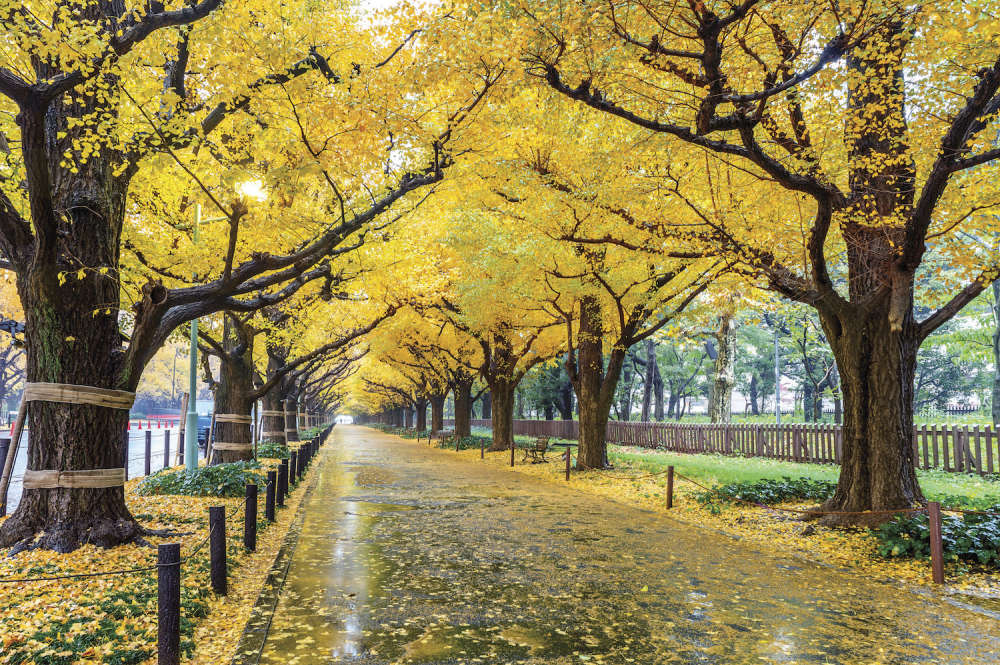

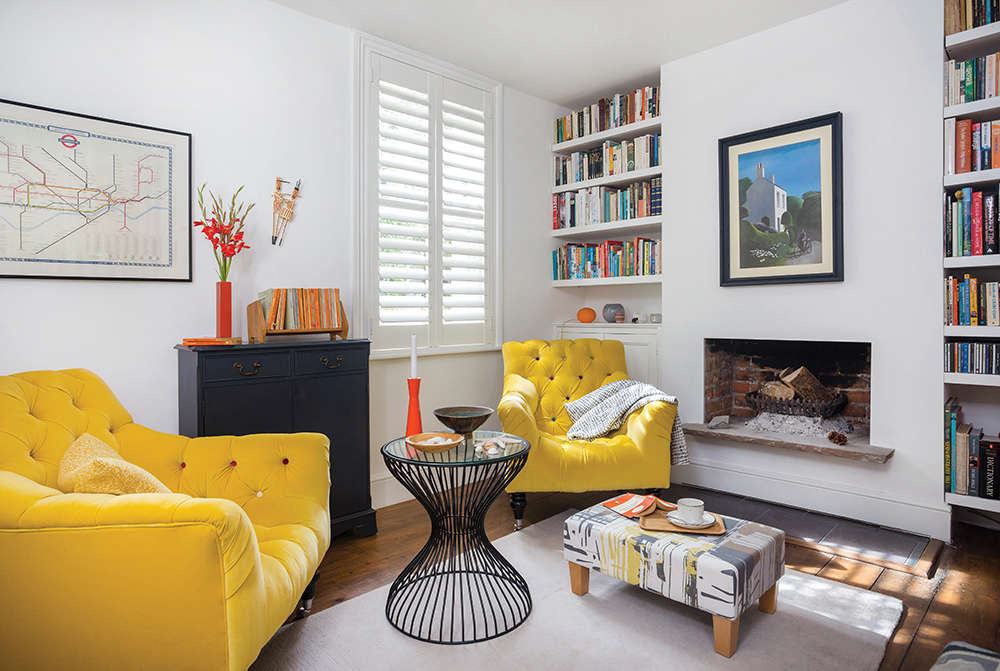 Home Style: Modern Outlook
Home Style: Modern Outlook
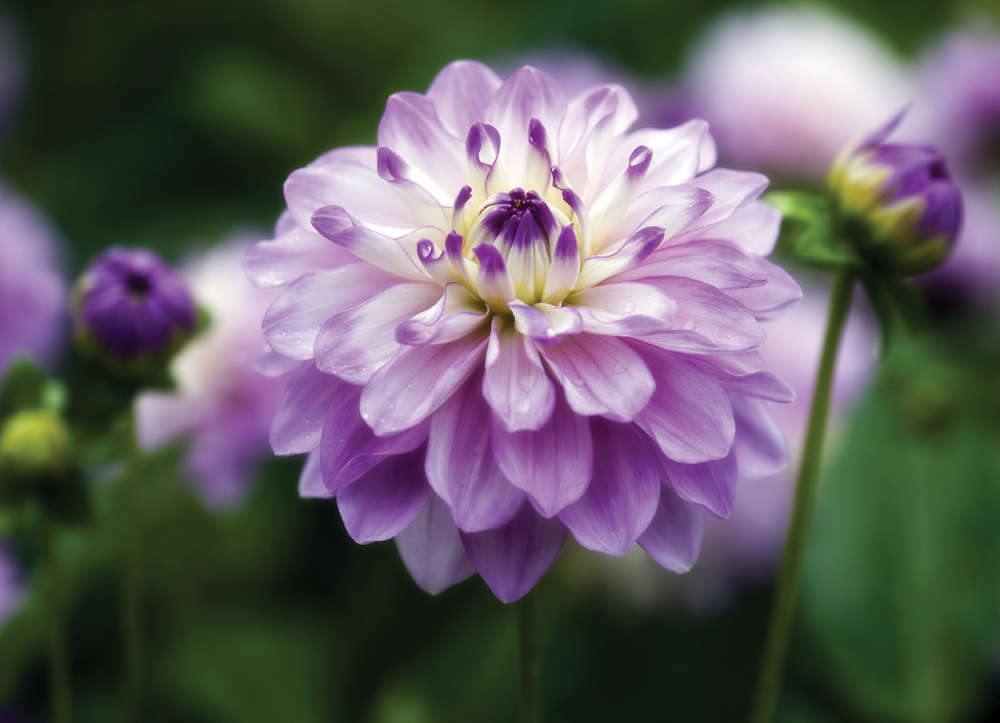 Blooming Times: Dahlia Mania
Blooming Times: Dahlia Mania
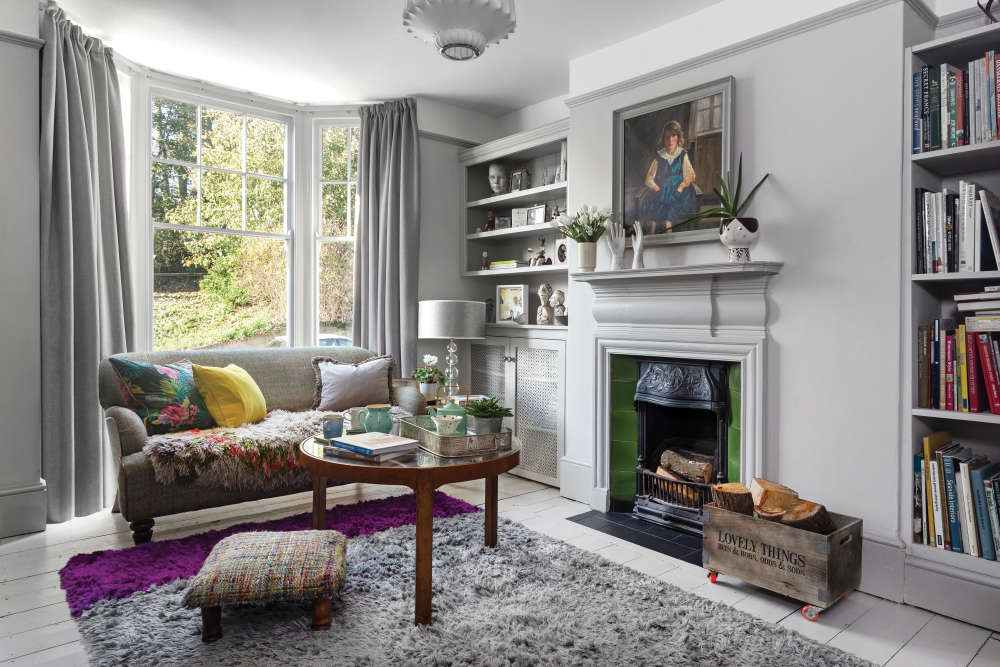 Home Style: Time to Heal
Home Style: Time to Heal
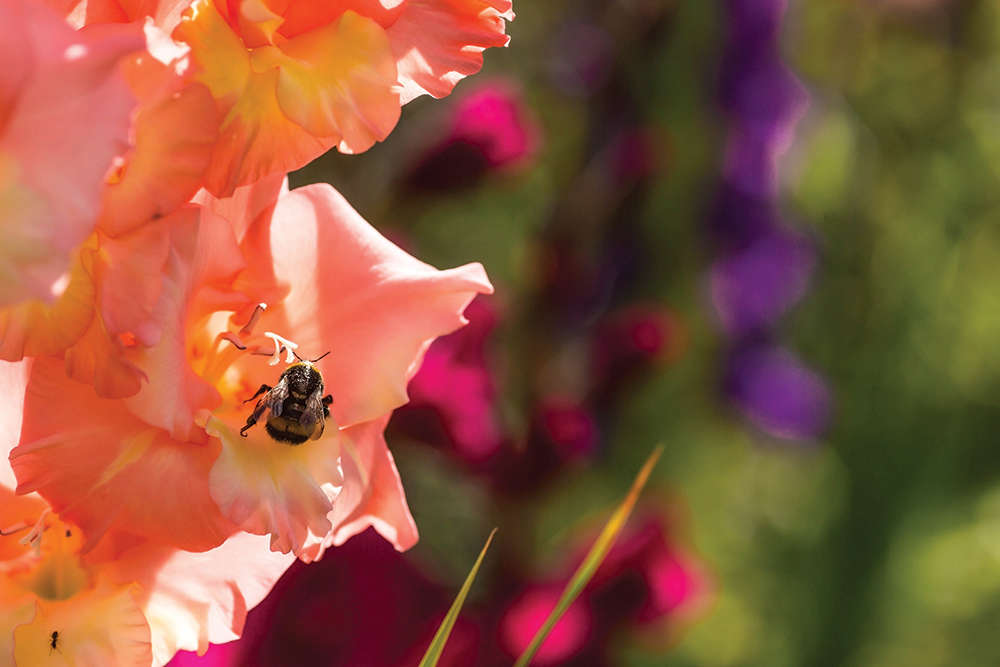 Blooming Times: Spring into Summer
Blooming Times: Spring into Summer
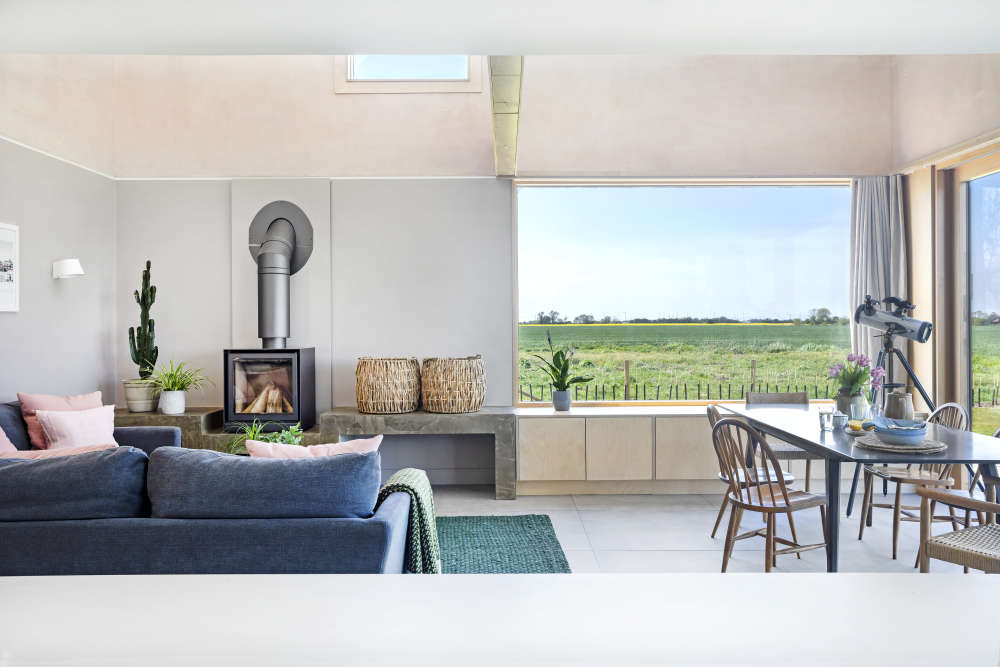 Home Style: Farm Stay
Home Style: Farm Stay
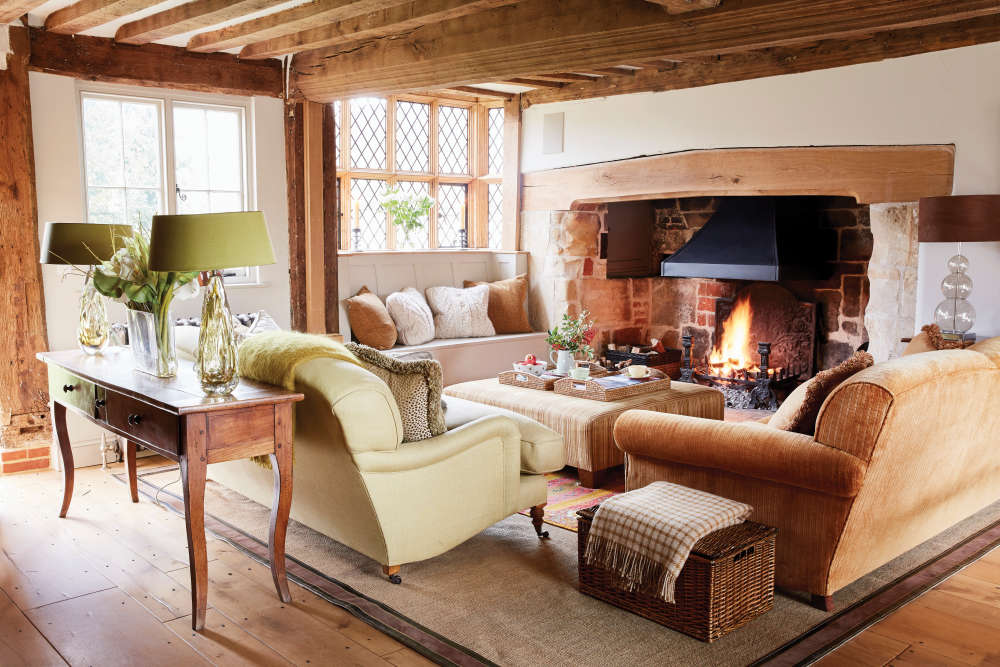 Home Style: Romantic Vision
Home Style: Romantic Vision
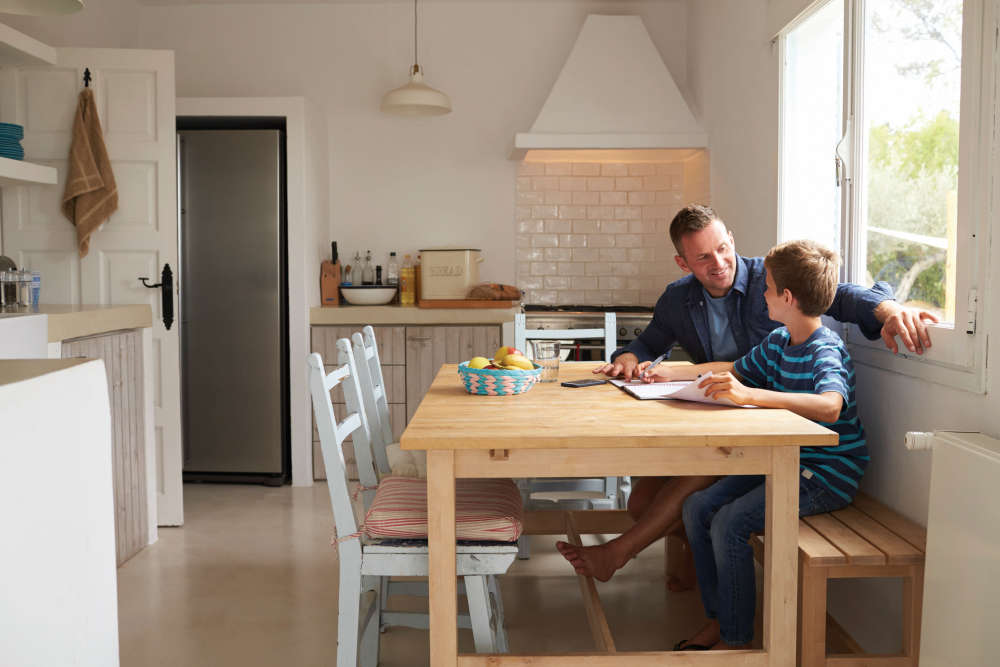 Homes Extra: Dining Style
Homes Extra: Dining Style
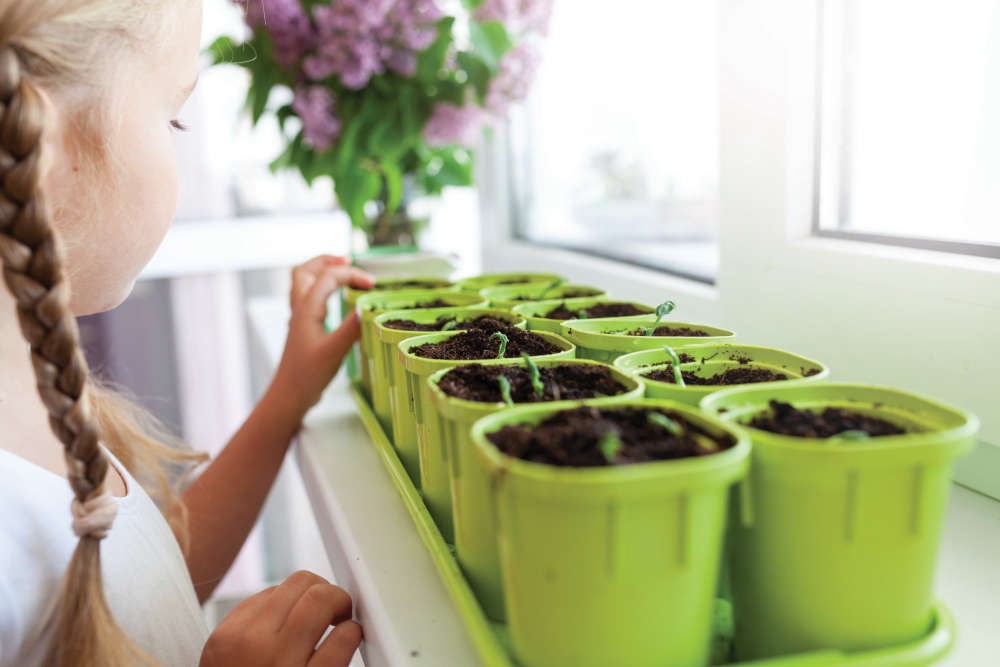 Blooming Times: Spring Fever
Blooming Times: Spring Fever
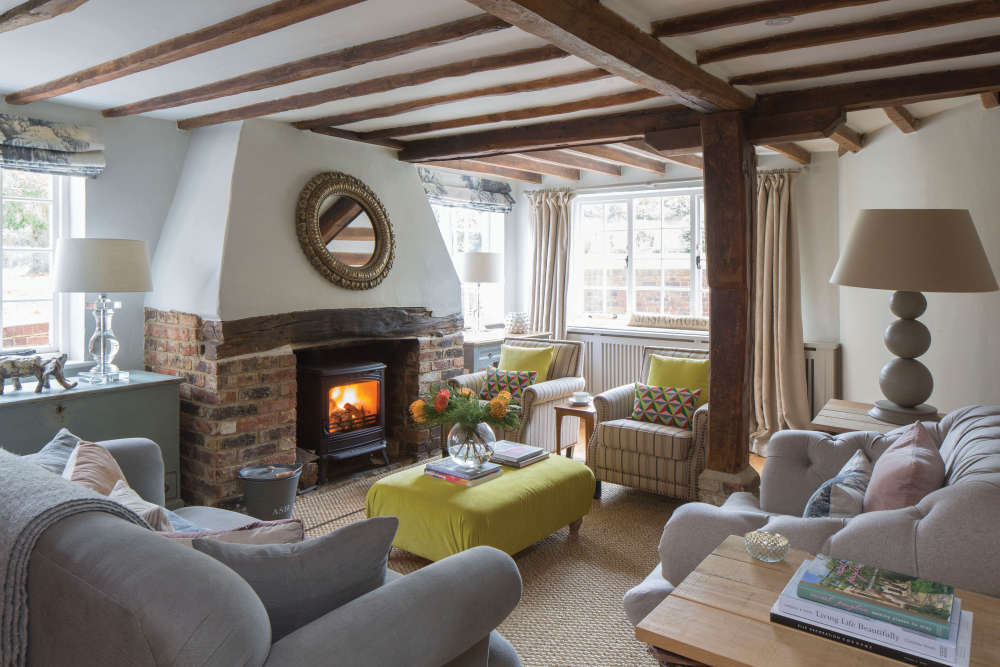 Home Style: Forest Idyll
Home Style: Forest Idyll
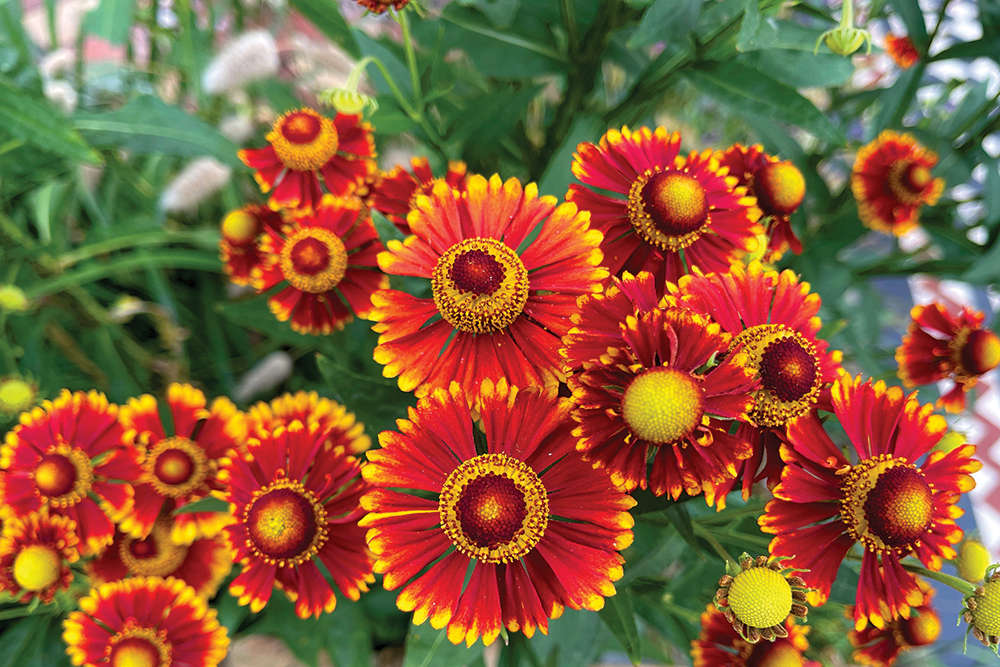 Blooming Times: What's in a Name?
Blooming Times: What's in a Name?
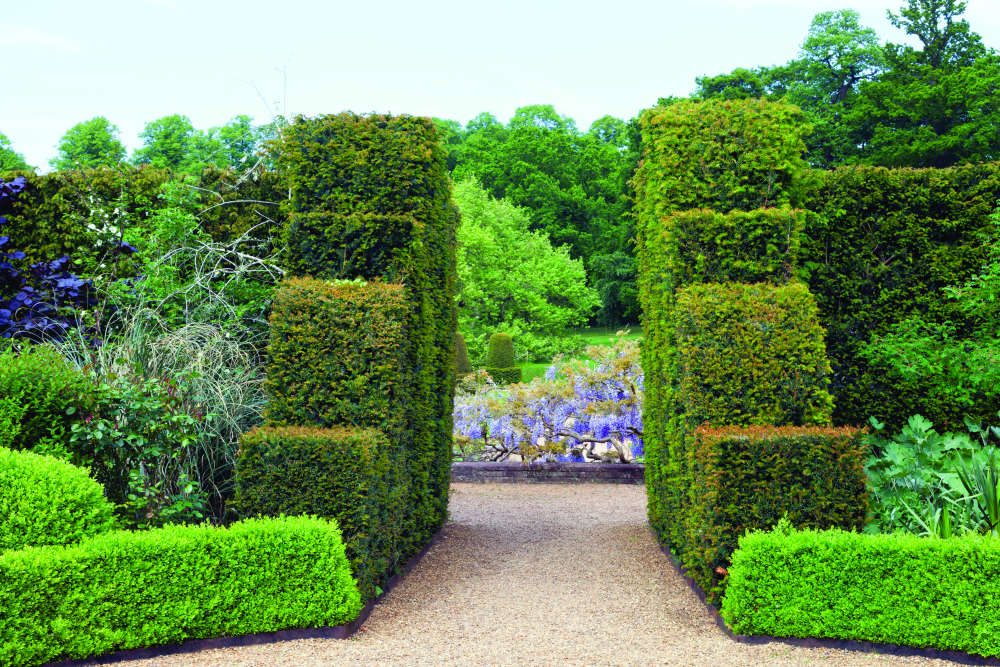 Gardening: The Benefits of Hedges
Gardening: The Benefits of Hedges
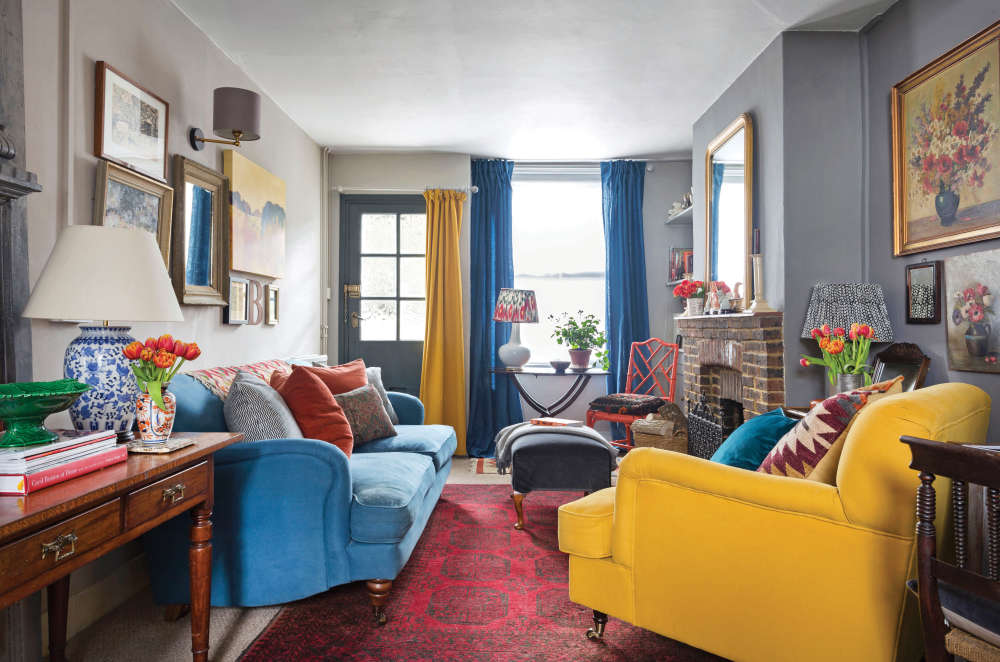 Home Style: Treasure Trove
Home Style: Treasure Trove
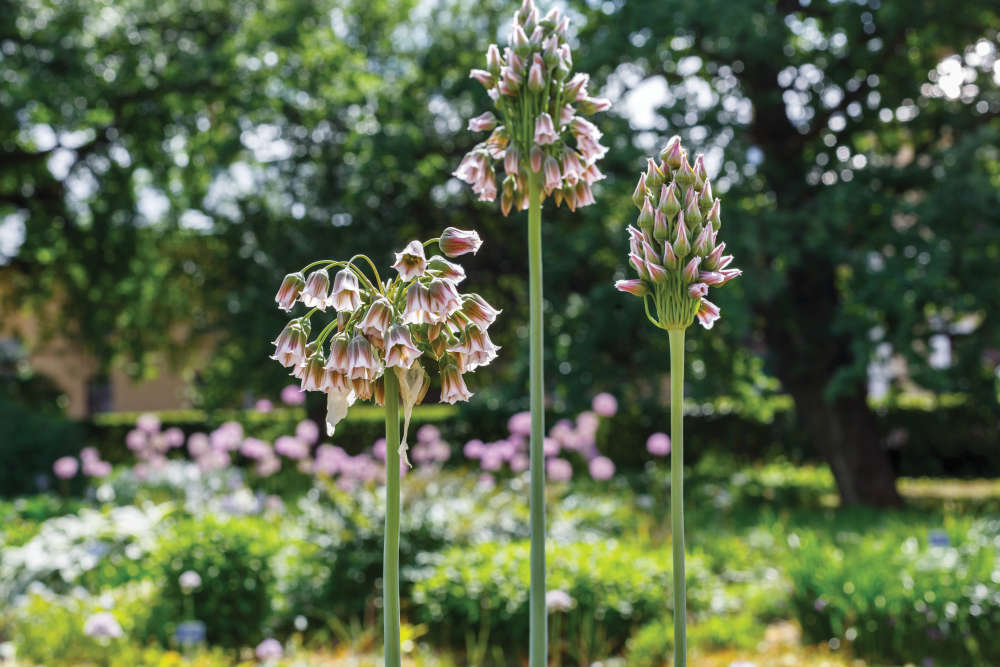 Blooming Times: Awesome Alliums
Blooming Times: Awesome Alliums
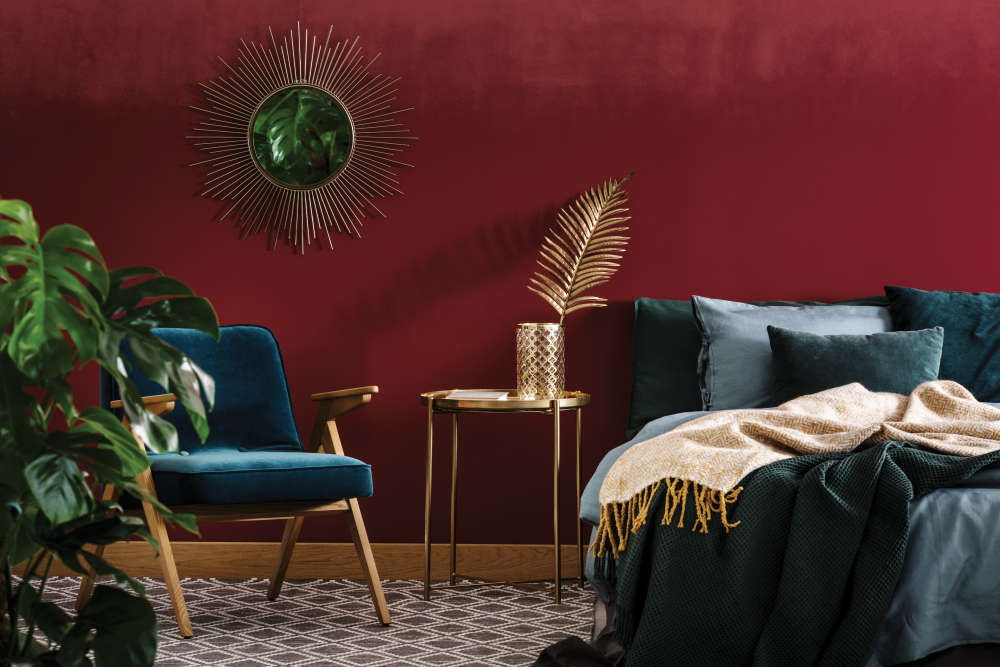 Homes Extra: Truly, Madly, Deeply
Homes Extra: Truly, Madly, Deeply
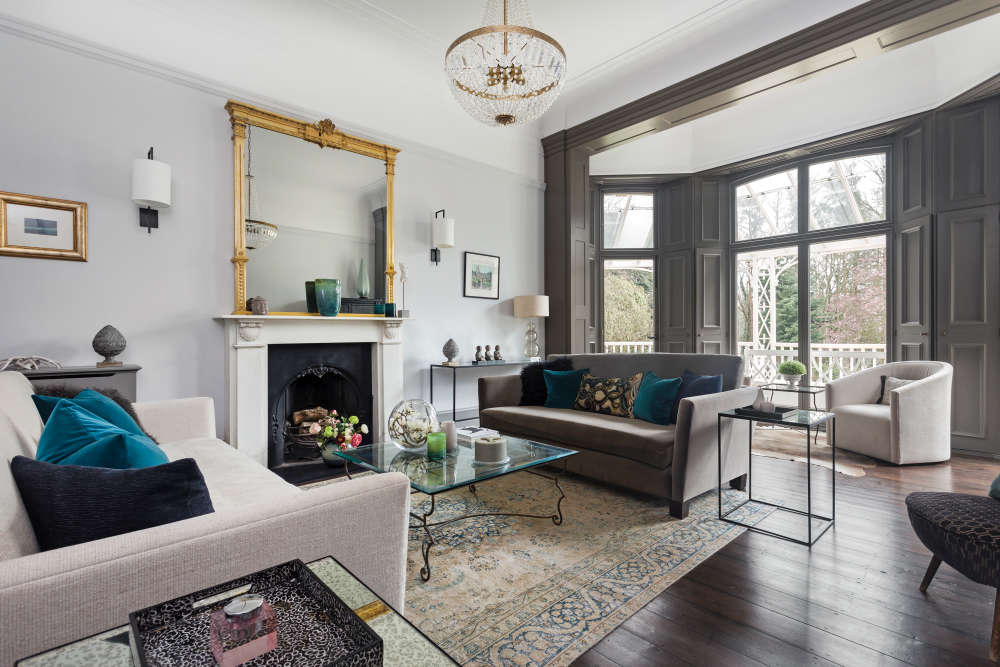 Home Style: Clear Vision
Home Style: Clear Vision
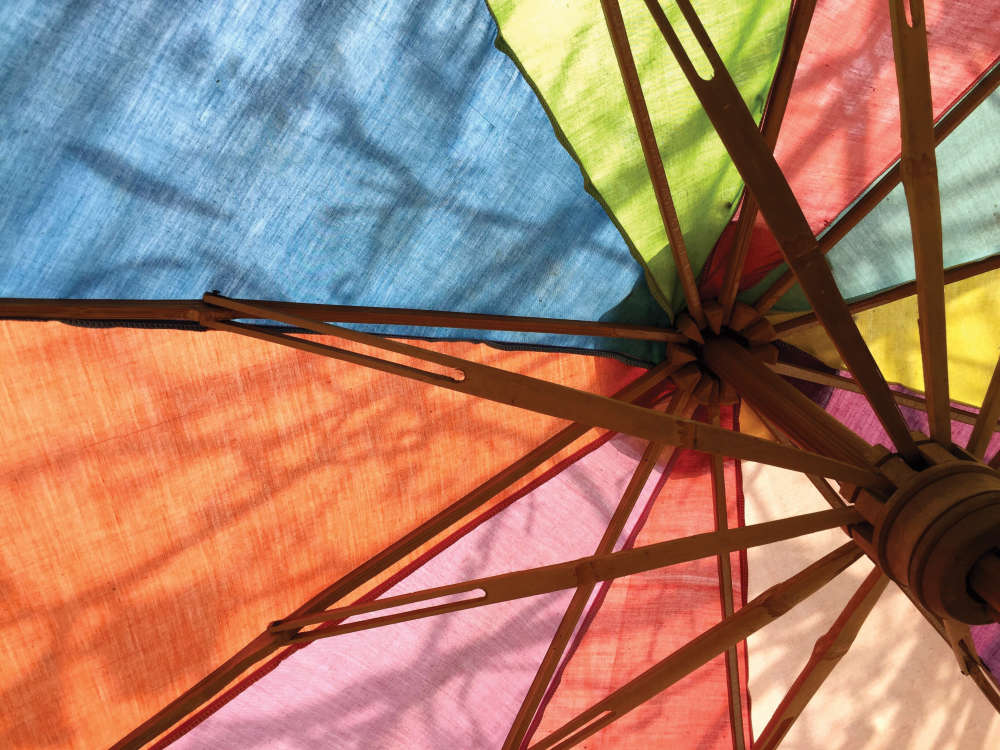 Homes Extra: Parasol Power
Homes Extra: Parasol Power
 Blooming Times Garden Lore - Fact or Fiction?
Blooming Times Garden Lore - Fact or Fiction?
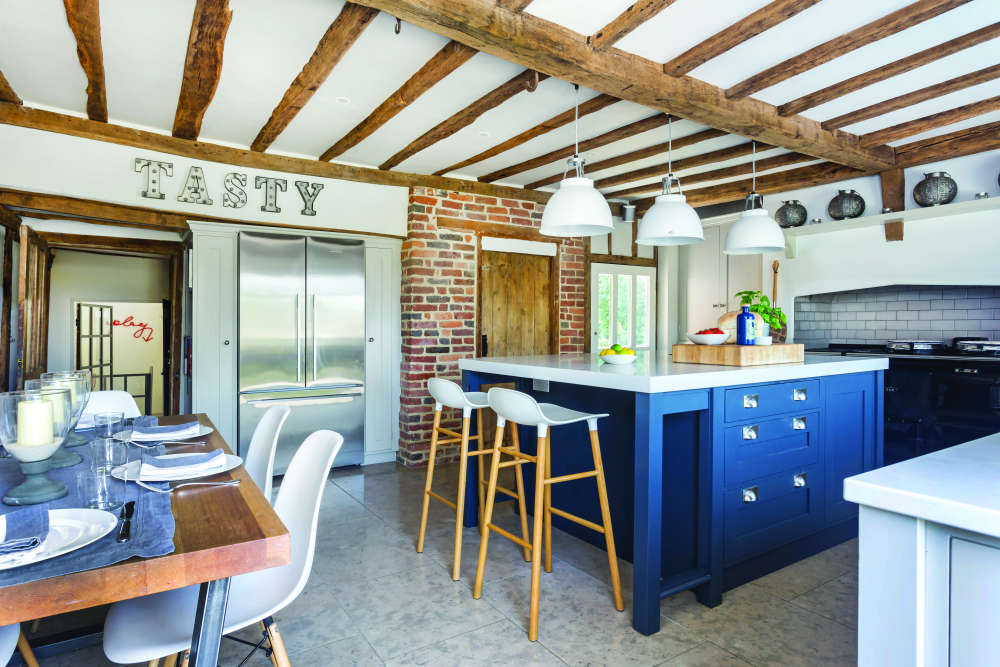 Home Style: Beaming with Happiness
Home Style: Beaming with Happiness
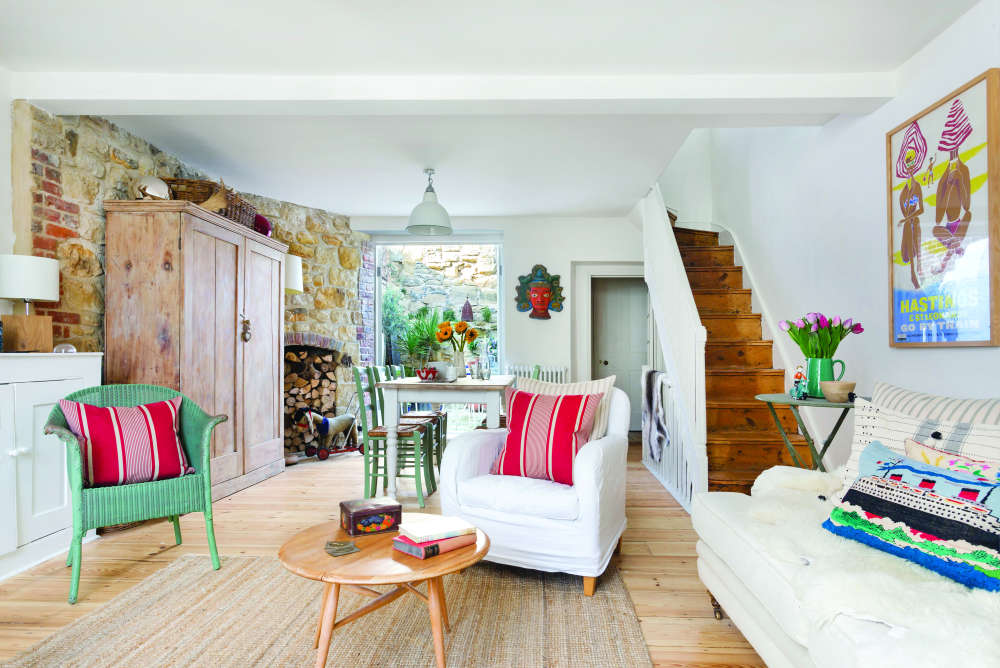 Sussex Homes: Transforming a dark and unloved cottage into a Greek Escape
Sussex Homes: Transforming a dark and unloved cottage into a Greek Escape
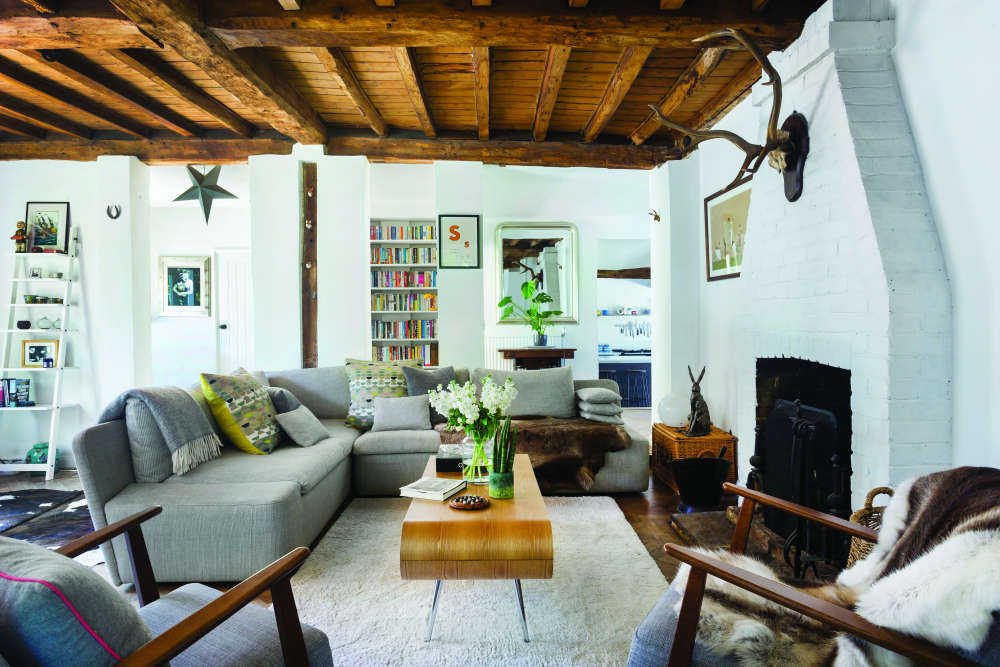 Sussex Homes: Transforming a once unloved oast into a colourful and funky family abode
Sussex Homes: Transforming a once unloved oast into a colourful and funky family abode